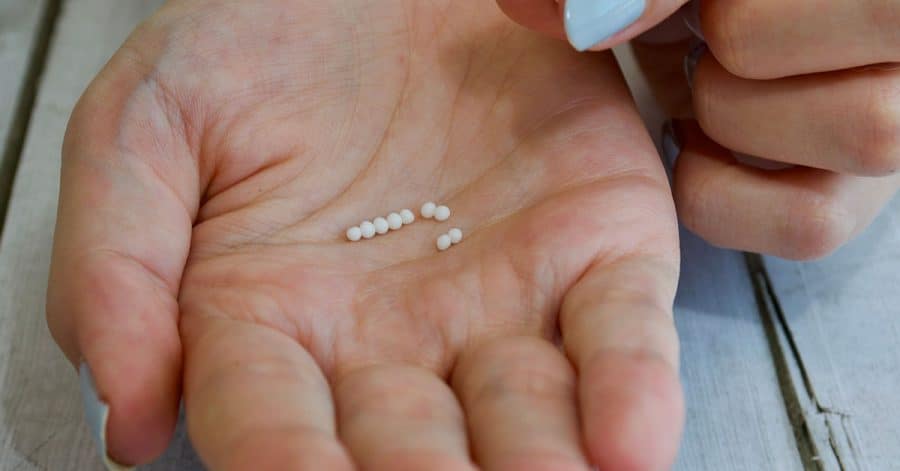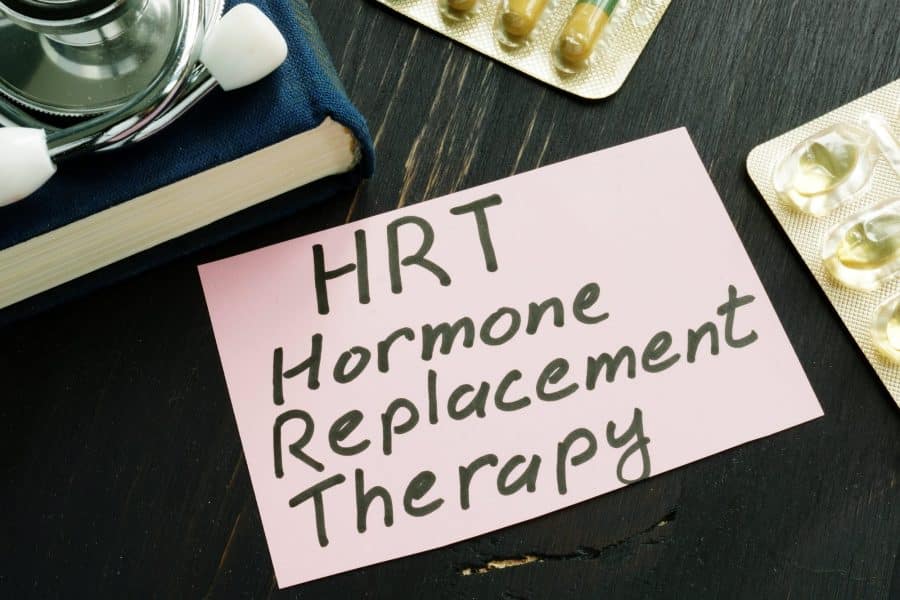Pellet hormone therapy can help maintain a steady hormone level in the body. The implants can regularly diffuse hormones into the system without having to worry about taking pills or applying patches and gels.
Although it is one of the most convenient ways to take hormone therapy, the procedure has some benefits and risks that one should know. To help make a better decision, get a deeper insight into Pellet hormone therapy in this article.
How does a Hormone Pellet Work?
Hormone Pellets Therapy involves tiny implants that are inserted right under the skin through surgical incisions. Since they are extracted from plant sources, they can resemble the hormones secreted by the human body.
The procedure begins with the doctor administering local anesthesia and making an incision on the skin. The doctor then inserts the tiny grain-sized Pellets into the skin through the cut. There are no stitches, so you’ll get the tape to close the cut.
Once inside the body, the Pellets can release hormones consistently during a fixed period. Since it provides a steady flow throughout the body, you won’t have to deal with changing levels of hormones that usually occur with other forms of therapy.
Benefits of Pellet Therapy
People who have a hormonal imbalance in their body may experience uncomfortable and, in some cases, severe symptoms. These can cause the body to undergo certain changes, and the person may decide to take up hormone therapy to get relief.
Mostly, women undergoing perimenopause or menopause are the ones to consider the treatment. They may opt for either an estrogen Pellet therapy or a combined estrogen-progesterone pellet therapy. Men may also consider palette therapy if they have extremely low levels of testosterone.
Pellet Therapy can benefit people with low hormone levels in several ways and may even protect them against certain health conditions. These are safe and provide long-term effects on the patient. Some of the essential benefits of Pellet Therapy are mentioned below.
- Improvement in memory retention and concentration
- Better control of emotions
- Provides relief from vaginal dryness
- Lessens the symptoms of incontinence (a condition where the person may leak urine while laughing or sneezing)
- Reduce the chances of depression by alleviating stress
- Controls frequency of urination and the feelings of urgency
- Provides relief from headaches due to the menstrual cycle
- It may prevent heart attacks and strokes
- Makes the bones strong, thereby reducing the risk of osteoporosis
- Improves muscular strength
- It may reduce the risk of Alzheimer's, Parkinson’s, dementia, and certain other disorders.
- Helps reduce fat levels and aids in maintaining a healthy weight
- It may reduce the chances of cancer.
What Are the Risks Involved in Pellet Hormone Therapy?
Hormone pellets are frequently more effective than other routes of delivery in several crucial aspects, which is why many patients and practitioners choose them. Importantly, hormone pellets are normally implanted once every three to four months, eliminating the need for daily hormone intake through other modes.
The process of implanting the pellets is often painless and carries very minimal risk. As with any invasive surgery, there is little chance of infection at the site of implantation as well as the potential for pellet extrusion. The implantation site is may get an infection without proper care, as with any invasive surgery.
There is also a small chance of Pellet extrusion. Although minor, these hazards can be reduced with appropriate aftercare, which includes treating the incision site as instructed and refraining from intense activities for a few days following implantation.
Working with a qualified professional will guarantee that you receive high-quality treatment and can control these risks.
All beneficiaries of hormone replacement treatment have a very small increased risk of blood clots. However, some persons are more susceptible to blood clots than others.
Some of the potential risks depend on your health condition and medical history. If you have certain medical conditions, you may have a higher risk of the following effects.
- Acne
- Mood swings
- Chances of developing male pattern baldness
- Increased hair growth on the chest, face, torso, and back, among other places.
- Changes in weight
- Feeling lethargic
- Breast sensitivity.
- Spotting or bleeding in the uterus.
How to reduce the risk of Pellet therapy?
Although the risk of Pellet therapy is more certain people, adopting certain lifestyle changes can help you lower the chances of risk development. Some of these are mentioned below.
- Always consult a certified medical practitioner before deciding on taking up the treatment.
- Taking the hormones in short dosages for a fixed period is best. Taking them for an extremely long time may lead to unwanted health complications.
- Follow a balanced diet and avoid alcohol and smoking. Leading a healthy lifestyle can enhance the natural production of hormones and improve the efficacy of the therapy. Indulge in physical activities more often to keep up the positive effects of the therapy.
- Taking routine checkups is essential to avoid any unforeseen effects. It can also help you understand when to stop the therapy.
Who Can Take Hormone Pellet Therapy?
For pellet treatment, young and menopausal women make the greatest candidates. The normal decrease in testosterone production in young women can be accentuated by birth control.
To assist you in regaining overall balance, estrogen and progesterone may also be added to the pellet in menopausal women. Men who have hypogonadism or extreme androgen deficiency 1https://www.sciencedirect.com/topics/medicine-and-dentistry/androgen-deficiency in their bodies can also get help from Pellet therapy.
Long-term difficulties may also be more likely in those with a family history of liver illness, high cholesterol or triglycerides, or gallbladder problems. These could include high blood pressure and impaired liver function.
HRT is not advised for smokers or anyone with a family history of blood clots. HRT is also not recommended if you have ever had a kind of reproductive cancer.
Estrogen often affects ovarian, breast, and uterine cancers. Therefore, any extra estrogen might promote the development of malignant cells. These malignancies may also be more likely to affect women with a family history of the disorders.
Winding Up
Bioidentical hormone pellets may be a useful therapy choice for you if you are a man or woman experiencing the symptoms of a hormone imbalance. Among many other symptoms of imbalance, hormone pellet therapy offers several advantages, like enhanced sex desire, less body fat accumulation, and greater vitality.
Additional resources and citations
- 1https://www.sciencedirect.com/topics/medicine-and-dentistry/androgen-deficiency



